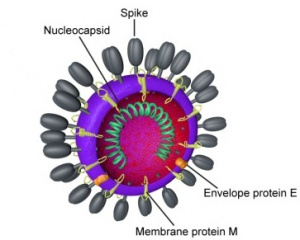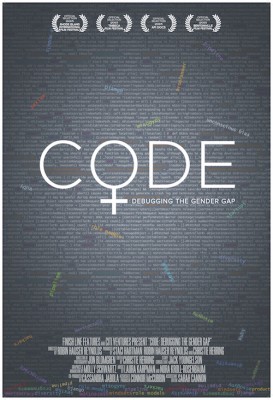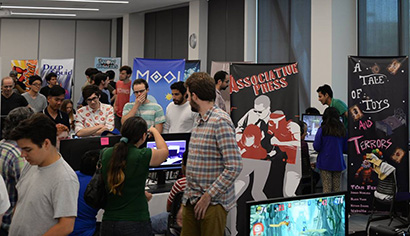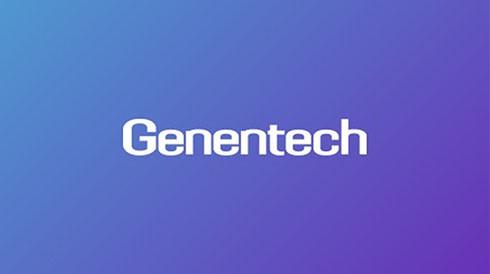Featured
UCSC Genome Browser posts the coronavirus genome

By James McGirk
Baskin School of Engineering, UC Santa Cruz
February 7, 2020 — Santa Cruz, CA
The Genomics Institute’s Genome Browser team has posted the complete biomolecular code of the virus for researchers all over the world to use.
Research into the novel Wuhan seafood market pneumonia virus, the deadly “coronavirus” that has forced the Chinese government to quarantine more than 50 million people in the country’s dense industrial heartland, will be facilitated by the UC Santa Cruz Genomics Institute. The Genomics Institute’s Genome Browser team has posted the complete biomolecular code of the virus for researchers all over the world to use.
“When we display coronavirus data in the UCSC Genome Browser, it lets researchers look at the virus’ structure and more importantly work with it so they can research how they want to attack it,” said UCSC Genome Browser Engineer Hiram Clawson.
Samples of the virus have been processed in labs all over the world, and the raw information about its genetic code has been sent to the worldwide repository of genomic information at the National Institutes of Health’s National Center for Bioinformatics (NCBI) in Bethesda, Maryland.
“The NCBI is a worldwide repository established in the very early days of genomics,” said Clawson. “When people find novel viruses, they send them to the NCBI, and the NCBI assigns them a name and number so everyone can refer to an exact specimen. Once they’ve processed the genomic information, it’s made available to the world from the database.”
From there, the UC Santa Cruz Genome Browser processes the information into a visual display of the virus.
The NCBI named the Wuhan seafood market pneumonia virus 2019-nCoV, which stands for novel coronavirus discovered in 2019.
UC Santa Cruz retrieved the information, consisting of 29,903 nucleotides — the base pairs that make up the DNA and RNA molecules that encode all life on earth.
“When we obtain this data from NCBI, it’s a single file with the letters in it from the DNA or RNA (A,C,G, and T),” Clawson said. “This one happens to be single-stranded RNA, a relatively simple structure.
This information is processed and placed into a database, where the Genome Browser can access the material and display it in a web browser in a much more useful format.
“What makes the Genome Browser so valuable is that it is so visual,” Clawson said. “It makes it very clear where everything is, so when people make interesting measurements about the genome in the virus, they can see what they’re looking at,” Clawson said.
Researchers can zoom in and out of the genome. This allows them to see base pairs at the most detailed level. Or, they zoom all the way out and see the 10 individual genes that the 29,903 base pairs comprise.
The Browser also contains a CRISPR track, which allows researchers to see where they can splice genetic material and how they can cut it. With CRISPR, researchers can edit the genetic material, a tremendously valuable tool for determining which genes do what.
“In the case of this virus,” Clawson said, “there are approximately ten genes and the largest is its spike protein,” referring to the chemical spine which the virus uses to snag onto human cells and hijack their cellular machinery to reproduce themselves. “So they might make a change to see if it makes the spike protein more or less virulent.”
The Browser also allows for annotation, so researchers all over the world can collaborate and share experimental information.
The UCSC Genome Browser is among the most important tools ever created by UC Santa Cruz. By establishing a standard interface and protocols for examining genetic information they’ve unlocked breakthroughs in bioinformatics and genetics laboratories all over the world.
To view the coronavirus genome, please visit: https://genome.ucsc.edu/cgi-bin/hgTracks?db=wuhCor1
For more information about the UCSC Genome Browser at the UC Santa Cruz Genomics Institute, please visit: https://genome.ucsc.edu/
About the UCSC Genome Browser
This interactive web-based “microscope” allows researchers to view genetic material at any scale — for example, all 23 chromosomes of the human genome — from a full chromosome down to an individual nucleotide. More than 130,000 biomedical researchers throughout the world use it each month for accessing data for more than 100 animal genomes.
The UCSC genome bioinformatics group released the first working draft of the human genome sequence on the web and launched the UCSC Genome Browser in 2000. The Genome Browser has since become an essential resource to biomedical science.
About the UC Santa Cruz Genomics Institute
Comprising diverse researchers from a variety of disciplines across academic divisions, the UC Santa Cruz Genomics Institute leads UC Santa Cruz’s efforts to unlock the world’s genomic data and accelerate breakthroughs in health and evolutionary biology. Our platforms, technologies, and scientists unite global communities to create and deploy data-driven, life-saving treatments and innovative environmental and conservation efforts. Learn more at genomics.ucsc.edu.
About the Baskin School of Engineering
Home to the UC Santa Cruz Genomics Institute, the Baskin School of Engineering at UC Santa Cruz offers unique opportunities for education, research and training. Faculty and students seek new approaches to critical 21st century challenges within the domains of data science, genomics, bioinformatics, biotechnology, statistical modeling, high performance computing, sustainability engineering, human-centered design, communications, cyberphysical systems, optoelectronics and photonics, and networking. By leveraging novel tools that emerge from changing technologies, we have pioneered new engineering approaches and disciplines, examples of which include biomolecular engineering, computational media, and technology and information management.
###
Tagged Baskin School of Engineering, Genomics Institute, UC Santa Cruz








